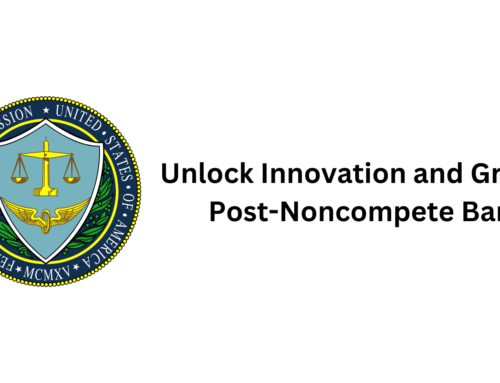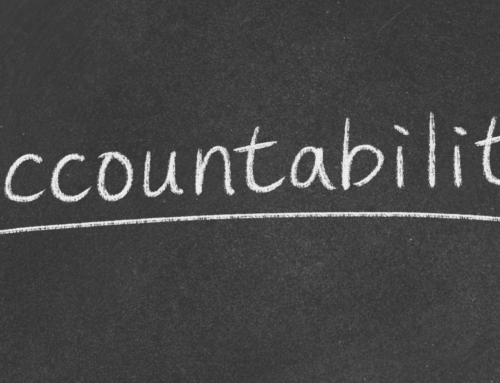
In times of crisis, the spotlight on public departments intensifies, making effective communication paramount. How you communicate during a crisis can significantly impact public perception and trust. Mastering the art of crisis communication is not just about delivering messages but about crafting them in a way that maintains confidence and control. Here’s how you can develop a crisis communication plan that truly works.
Establish a Proactive Communication Stance
Waiting until the storm hits is too late. Proactive communication is about setting the stage before a crisis emerges. This involves regular updates about your department’s preparations and preventive measures for potential crises. A proactive stance not only informs but also reassures the public that you are always prepared.
Clear, Concise Messaging
During a crisis, every word counts. Clear and concise messaging avoids confusion and ensures your audience understands the situation and the steps your department is taking. Simplify complex information into key points that are easily digestible. This clarity is crucial in maintaining a calm and informed public environment.
Regular Updates and Transparency
Transparency is the cornerstone of trust. Regular updates convey that your department manages the situation actively and transparently. Even if the news isn’t positive, being honest about the challenges and what is being done to address them can maintain trust and credibility.
Utilize Multiple Channels
Different people get their information from different sources. Utilizing a multi-channel approach ensures your message reaches as many people as possible. Integrate social media, press releases, and direct communications to create an overlapping network that covers all your bases.
Training Your Crisis Team
A well-prepared team is essential for successful crisis management. Regular training sessions should be conducted to ensure that every team member knows their role during a crisis. These sessions should also include simulations that mimic real-life scenarios, preparing your team for any eventuality.
Listening and Adapting
Communication is a two-way street. Listening to the public’s reactions and adapting your strategies accordingly is vital. This can involve monitoring social media reactions, public feedback, and media reports to gauge the effectiveness of your communication efforts.
After-Action Review
Once a crisis subsides, conducting an after-action review is crucial. This review should evaluate what aspects of your communication plan worked, what didn’t, and why. Learning from each crisis is essential to refine your strategies and prepare even better for the next one.
Call to Action: Secure Your Reputation with inMMGroup
Does your crisis communication plan effectively handle unexpected challenges while maintaining public trust? At inMMGroup, we specialize in crafting communication strategies that protect and enhance your department’s public image during crises. Contact us today to ensure your communication strategy is robust and resilient.
By following these strategies, public departments can navigate the rough waters of crisis communication more effectively. Remember, the goal is not just to inform but also to reassure and maintain the public’s trust and confidence.




